
I love the name: Pythia was the oracle at Delphi, perched above a crack in the Earth breathing strange gases to “see” the future. Here, a literal crack is venting fluid that helps us see the state of a dangerous fault. Perfect.
21.10.2025 05:30 — 👍 0 🔁 0 💬 0 📌 0
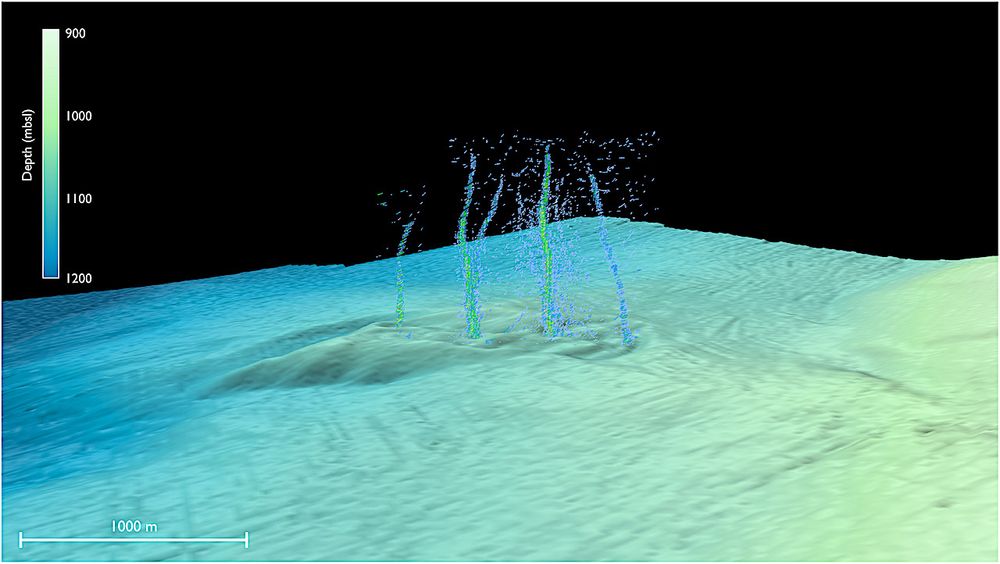
The site is unlike any seep described on active margins: warm, high‑flux, water‑dominated, not methane‑dominated. Its chemistry + temperature point to fluids percolating up through fault‑controlled pathways—basically the fault exhaling.
21.10.2025 05:30 — 👍 0 🔁 0 💬 1 📌 0

Translation: if the fault bleeds out its lubricant, parts of Cascadia can clamp down more tightly. Locked patches are the ones that snap in great earthquakes. The discovery gives us a direct window into that hidden pressure system.
21.10.2025 05:30 — 👍 0 🔁 0 💬 1 📌 0

Why this matters: fluids at a megathrust aren’t just “wet.” They control friction. High fluid pressure can help plates creep; losing fluid can let the fault lock harder, storing more strain for a bigger quake later.
21.10.2025 05:29 — 👍 0 🔁 0 💬 1 📌 0

The water is ~9 °C warmer than the surrounding ocean and laced with elements (boron, lithium, etc.) that scream “deep origin.” Best evidence says it’s coming from ~4 km (~2.5 mi) below the seafloor—the actual plate boundary zone. That’s… wild.
21.10.2025 05:28 — 👍 0 🔁 0 💬 1 📌 0

Where? ~50 miles off Newport, Oregon. A research ship spotted weird bubble plumes on sonar during a weather delay, sent down a robot, and found water jetting from the seafloor. Not a typical hydrothermal vent; the fluid chemistry is totally different.
21.10.2025 05:28 — 👍 0 🔁 0 💬 1 📌 0
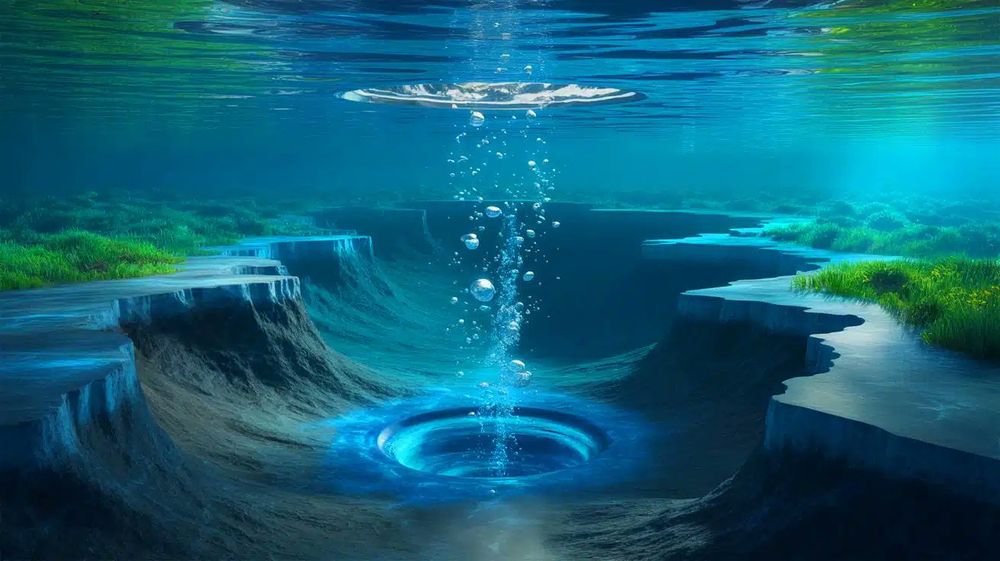
There’s a literal leak at the bottom of the Pacific Ocean—plugged straight into the Cascadia megathrust. Scientists call it Pythia’s Oasis. It’s a spring on the seafloor that shoots out warm, almost‑fresh water like a firehose. Yes, from right above the fault. #Geology🧵
21.10.2025 05:28 — 👍 1 🔁 0 💬 1 📌 0
That's no mere rolling rock—it's a "volcanic bomb" launched from the La Palma vent like a cannonball. This molten boulder hit the steep ash cone and just kept rolling, carving a path for over a kilometer. Geologists dubbed these terrifying projectiles "spallation bombs."
20.10.2025 15:57 — 👍 1 🔁 0 💬 0 📌 0

Earth—Patch Notes v4.56 Ga
– Fixed supercontinent crash loop (not a bug, a feature).
– Magnetic field auto‑renewal improved.
– Rift DLC now ships with passive margins.
– Ocean balance: fewer BIF drops, more plankton.
– Known issue: roads vs. landslides.
19.10.2025 19:02 — 👍 1 🔁 0 💬 0 📌 0

Rocks keep tiny compasses. When they cooled, iron minerals locked in whatever “north” was trending. Lay them across the seafloor and you get zebra stripes of magnetic nostalgia. My phone can’t remember yesterday’s Wi‑Fi. #Geology
19.10.2025 18:41 — 👍 2 🔁 0 💬 0 📌 0

In my opinion the problem with Jurassic Park isn’t cloning dinosaurs. It’s building on a tropical island with that many steep slopes and zero landslide mitigation. #Geology
19.10.2025 18:23 — 👍 0 🔁 0 💬 0 📌 0

Just how “cool” is ~510 °C lava? It’s still dangerous – extremely hot – but not the instant incineration of 1100 °C lava. In fact, in 2007 a guide fell into an active lava flow at Ol Doinyo Lengai and managed to climb out and survive (with serious burns to his legs).
19.10.2025 16:37 — 👍 0 🔁 0 💬 0 📌 0

But wait what happens after. Fresh flows are dark brown/black, but within days or even hours they turn white like snow! The lava’s sodium- and potassium-carbonate minerals rapidly react with moisture in the air (or rain), forming a white coating of natron/trona (basically soda ash) as it cools.
19.10.2025 16:37 — 👍 0 🔁 0 💬 1 📌 0

With so little silica to thicken it, Lengai’s lava is super runny. It’s actually the most fluid lava known – racing down at up to 1–5 m/s (meters per second). That’s like watching a stream of black water or oil instead of the usual slow ooze.
19.10.2025 16:36 — 👍 0 🔁 0 💬 1 📌 0
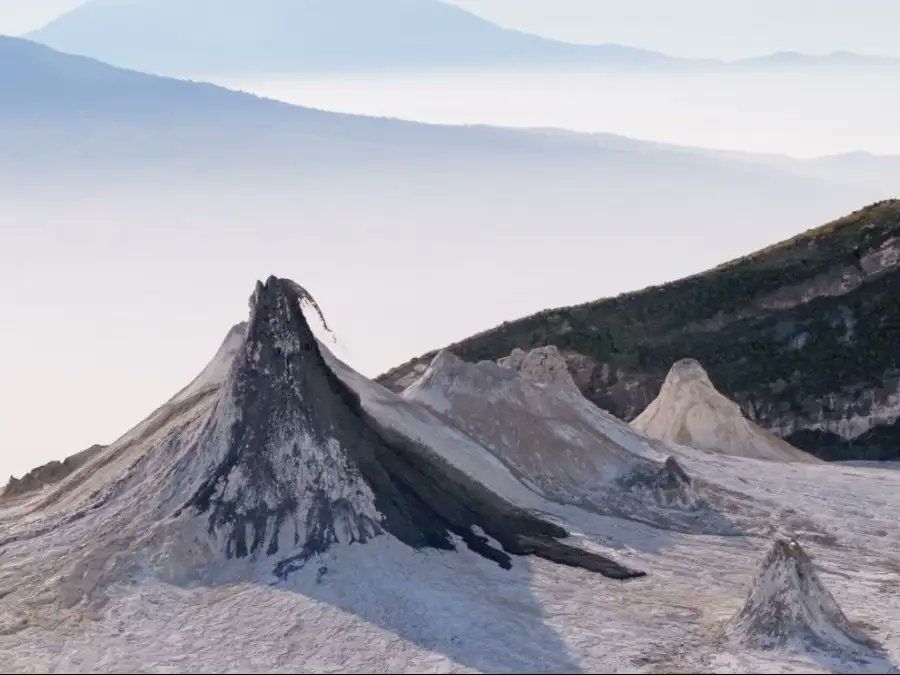
Why so cool? It’s about its composition. Typical lava is rich in silica (SiO₂), but Lengai’s magma has under 3% (incredible, since even runny basalt is ~45% silica). In place of silica, it’s mostly carbonates – think minerals like those in limestone or baking soda. It’s basically molten soda ash.
19.10.2025 16:35 — 👍 1 🔁 0 💬 1 📌 0

To put it in perspective: most lavas (basaltic) erupt around 1,100–1,200 °C and glow bright orange. This volcanoes lava erupts at only ~500–600 °C –literally the coolest lava on Earth. At these “low” temps, it barely glows. In daylight the molten flow just looks like black mud.
19.10.2025 16:34 — 👍 0 🔁 0 💬 1 📌 0
Have you heard about a volcano that erupts black lava and turns it snow-white in hours? Meet Ol Doinyo Lengai in Tanzania – often called the world’s most unique. It’s the only known volcano that spews carbonatite lava (a carbonate lava) instead of the usual molten silicate rock. #Geology
19.10.2025 16:33 — 👍 2 🔁 0 💬 1 📌 0
Have you heard about a volcano that erupts black lava and turns it snow-white in hours? Meet Ol Doinyo Lengai in Tanzania – often called the world’s most unique. It’s the only known volcano that spews carbonatite lava (a carbonate lava) instead of the usual molten silicate rock. #Geology
19.10.2025 16:32 — 👍 0 🔁 0 💬 0 📌 0
Mohs hardness scale #Geology
30.08.2025 18:07 — 👍 1 🔁 0 💬 0 📌 0
Alfred Wegener guessed the drift before the data: puzzle-piece coasts, twin fossils, matching rock belts, glacial scars. #Geology
30.08.2025 10:49 — 👍 6 🔁 3 💬 0 📌 0
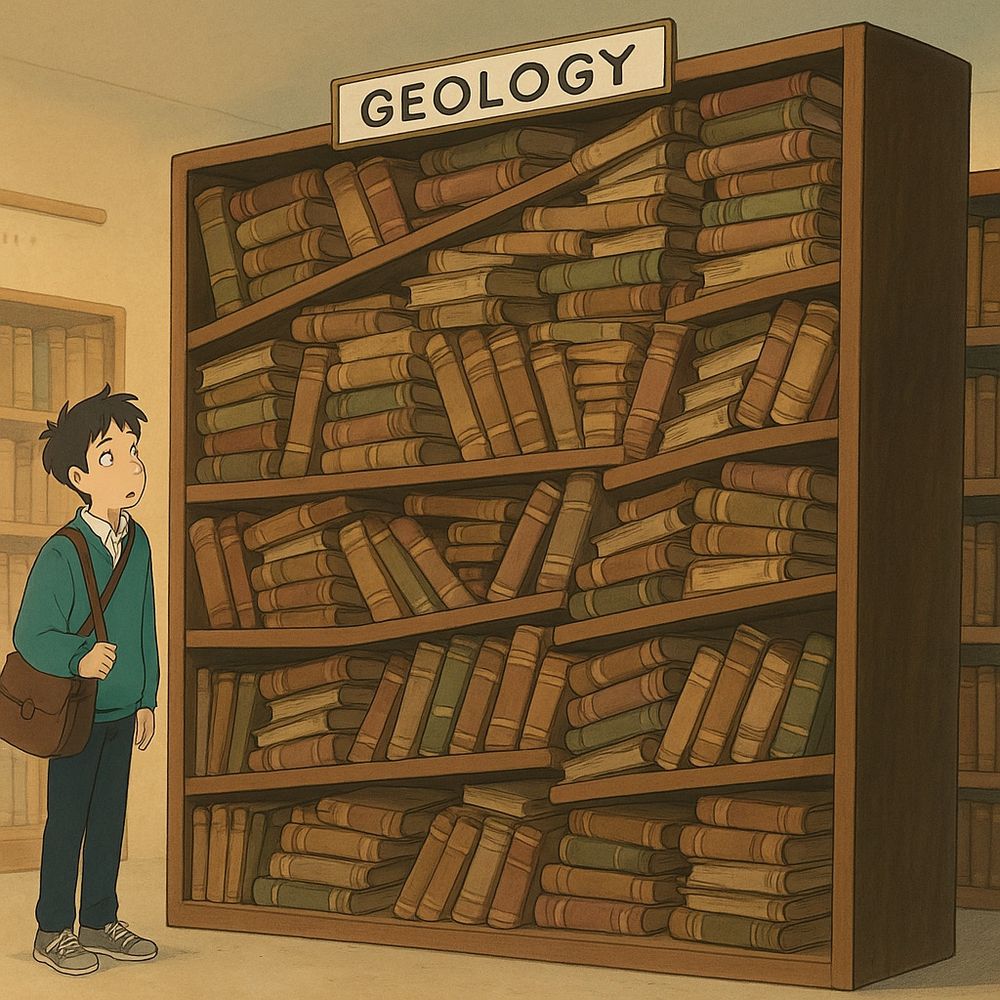
Arriving at the #geology section in a library
23.06.2025 18:06 — 👍 3 🔁 0 💬 0 📌 0
Geology Time Travel #geology
02.03.2025 19:55 — 👍 2 🔁 0 💬 0 📌 0

New Fossil found! 😂
Nokiasorus 🦕
06.02.2025 21:10 — 👍 4 🔁 0 💬 0 📌 0
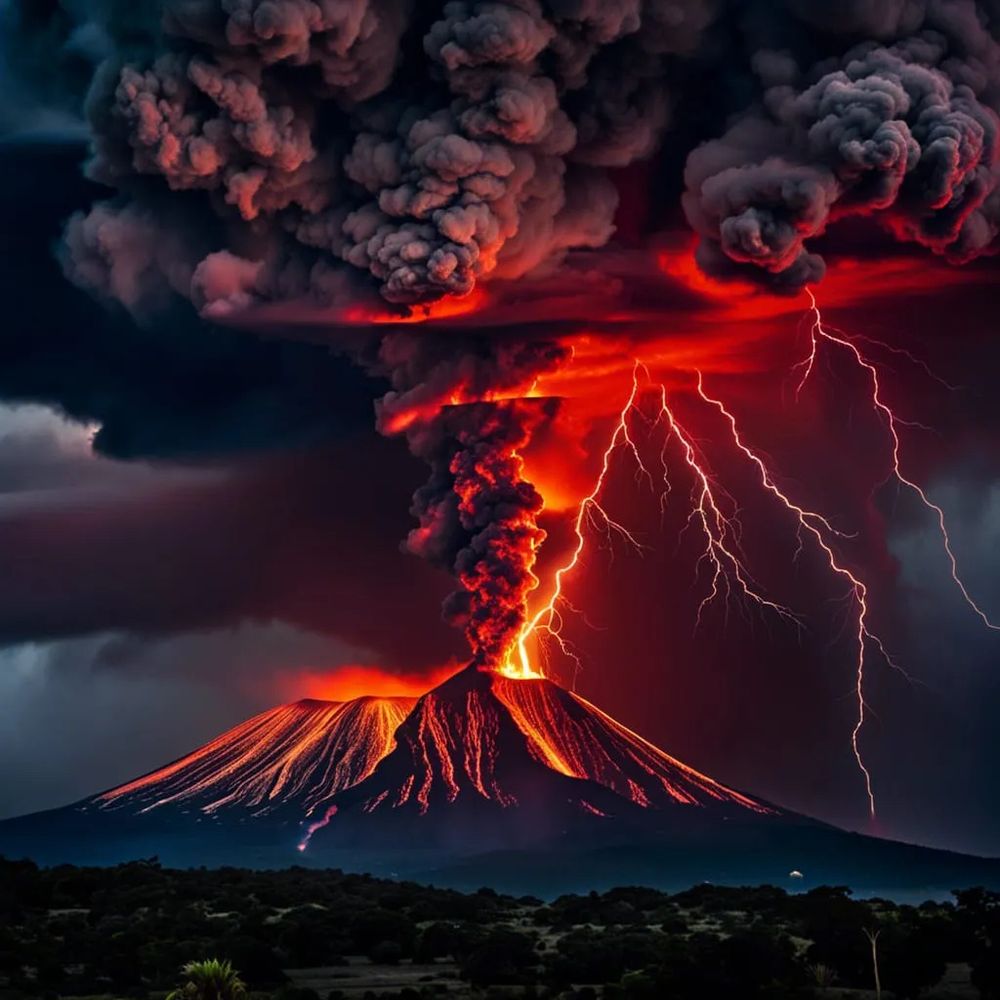
My kind of fireworks? Volcanic lightning. Who needs sparklers when magma’s got a built-in light show? #HappyNewYear #Geology
31.12.2024 20:37 — 👍 4 🔁 0 💬 0 📌 0
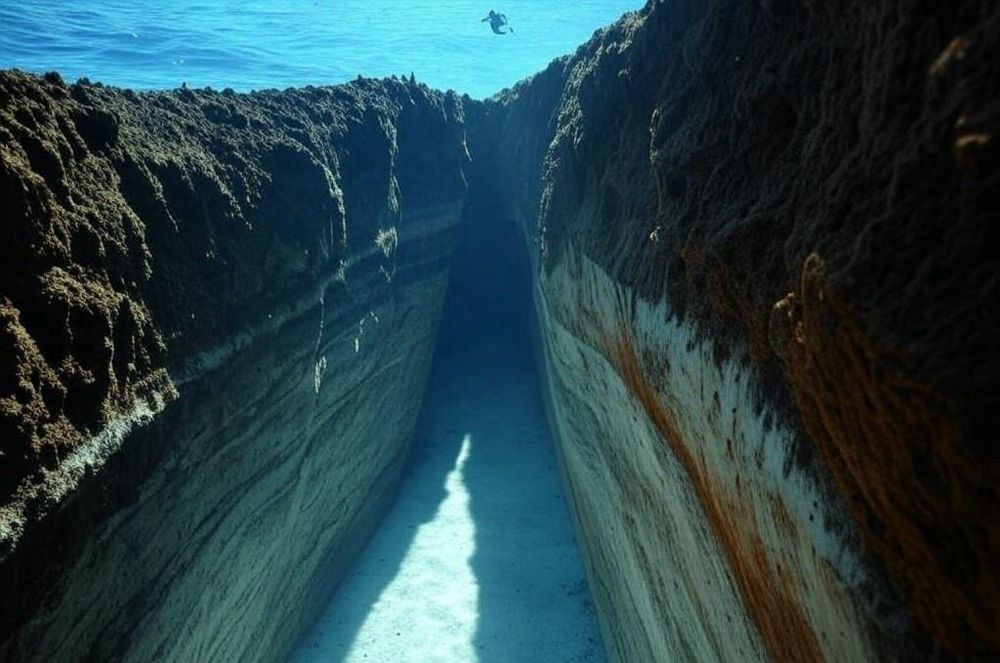
Earth recycles oceanic crust through subduction. We recycle New Year’s resolutions. Nature’s got us beat. #HappyNewYear #Geology
31.12.2024 20:30 — 👍 2 🔁 0 💬 0 📌 0
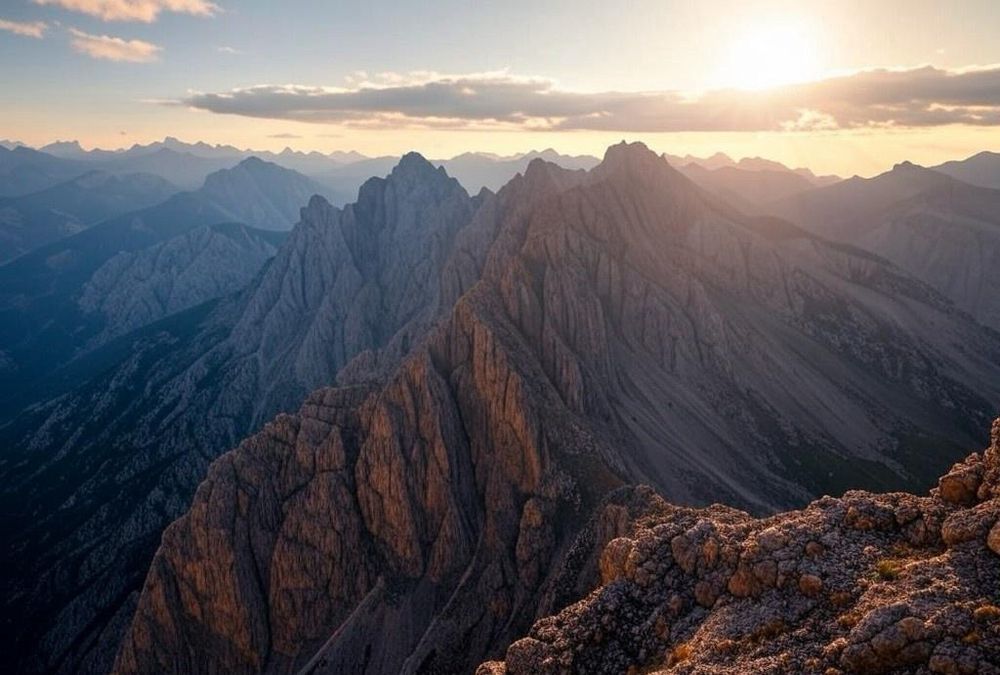
Orogeny (mountain building) takes millions of years, but we expect instant changes after the clock strikes midnight. Perspective, right? Let 2025 be the start of something awesome. #HappyNewYear #Geology
31.12.2024 20:29 — 👍 4 🔁 0 💬 0 📌 0
As one year settles like a new sediment layer, the next awaits discovery. Wishing you an awesome 2025—Happy New Year! #Geology
31.12.2024 18:07 — 👍 3 🔁 0 💬 0 📌 0

The rock cycle #Geology #DwayneTheRock #TheRock
13.12.2024 18:25 — 👍 7 🔁 0 💬 0 📌 0
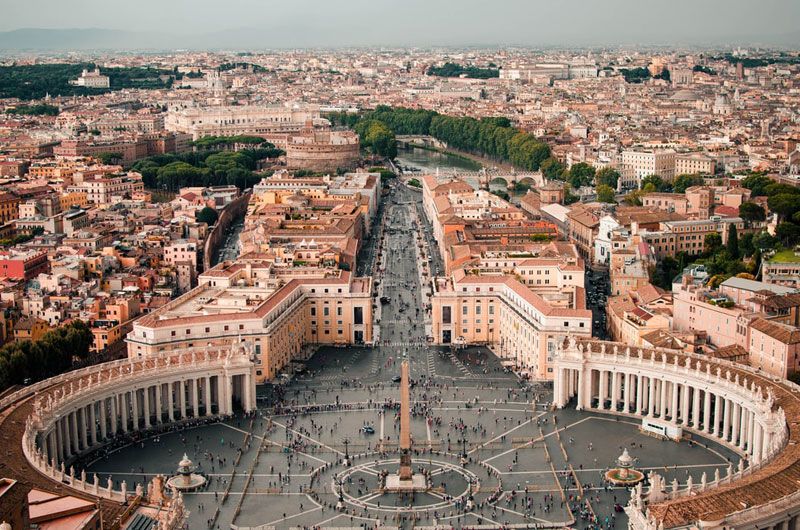
Why does this matter to you today? Because the stones in Rome’s buildings shaped how structures were designed, how big they could get, and even how they withstood earthquakes and erosion. Without the right geology, would Rome’s grandeur have survived centuries of history?
11.12.2024 08:43 — 👍 1 🔁 0 💬 0 📌 0
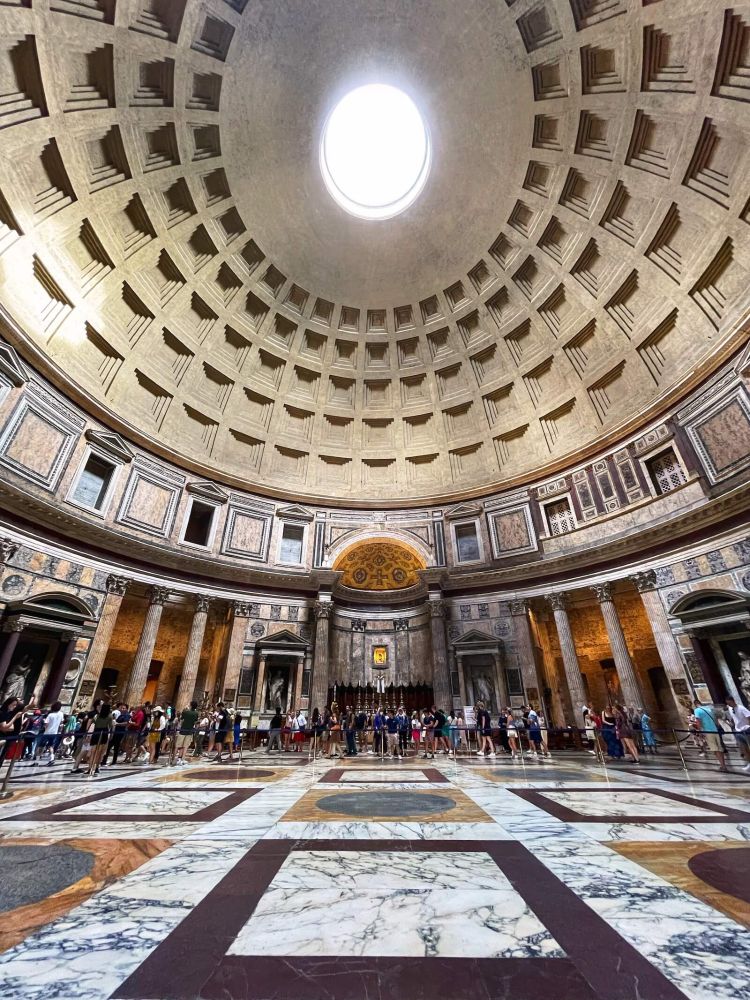
Marble, often imported from regions across the empire, polished Rome’s image. While not always local, it still matters geologically. Roman roads and trade routes tapped into distant marble sources, bringing metamorphic masterpieces into a city founded on sedimentary and volcanic stone.
11.12.2024 08:40 — 👍 1 🔁 0 💬 1 📌 0
Geologist (mineral & economical) | YouTuber | Rockhound |
Cat Mom
Rockhounding or Teaching geology one post at a time
Sedimentary geologist & investigator of past climates & environments. Professor @OxUniEarthSci.bsky.social & Tutorial Fellow
@StAnnesCollege Opinions mine. He/him
Professor of Metamorphic Geology and Director of the Graduate School at the Open University. Cold water swimmer and parkrunner. Posts only about fun stuff!
I'm a geology professor in central California, avid birder, traveler, photographer, and environmentalist. I'm pro-democracy, and I stand for the equality for all. Little attention paid to DMs.
Dad/bookworm/petrologist/inclusionist/traveller. I love small inclusions and their secrets, especially when found inside hot&melted metamorphic rocks.
UW prof and director of the Pacific Northwest Seismic Network. WA State Seismologist. All about subduction zones and very messed up rocks.
Professor of Structural Geology and Tectonics and aspiring geochronologist
Geologist at Uni. Silesia in Katowice (Poland) focus on active tectonics, mountains geomorphology, speleology
Géologue des séismes / Earthquake Geologist ⚒️🌍🌎🌏
Geologist, Petrologist, studying natural hydrogen. Università di Bologna, Italy. #ERC gratee. Deepcarbonlab.org
RN| Rockhound| Nature Lover| Explorer|
Anti-gatekeep| Mental•Health•Advocate|
SISU| Podcast host on Rockhound Talk LIVE|
Subscribe➡️ https://www.youtube.com/@RockhoundTalkLIVE |
The Ultimate Revolution is an Evolution of the Mind.
Astronomer and Professor at Georgia State University. She/Her. Big fan of black holes, cats, and cross-stitch. Seestar smart telescope enthusiast. Novice gardener with a penchant for native plants.
#Astrophotography & #Astronomy and #MclarenF1 #F1 are my passion. I’m also a bit of a #scifi and #StarTrek geek and a sucker for #SirTerryPratchett #Discworld books.
#BIM designer Building Envelope Contractor. #Revit user since 2003.
🔭Astrophotographer🔭
🚀NASA enthusiast🚀
🪐All Things Space🪐
✨ https://linktr.ee/starxxkitten ✨
Amateur astrophotographer from Wiltshire, UK. Software Developer.
Astronomy communicator/writer, Star Diary podcast co-host, astrophotographer, space artist, 4 GMN meteor cameras, microscopy, bass player, lover of cats and cakes. Co-author of the Collin's Stargazer's Bible.
Website: marymcintyreastronomy.co.uk
Space enthusiast, amateur space artist.
Love photography and an F1 fan.
Astronomer & Astrophysicist, Galactic Archaeologist & Simulator, Husband & Dad, Director @AIP_Potsdam, backyard astrophotographer
Photographer of the sea and sky, occasionally the land.
Links: https://linktr.ee/briangweber
Cutting-edge materials scientist 🧑🔬🧪by day, ancient photon hunter 🔭🌌
Other: Astrophotography, Astronomy, Astrophysics & Quantum Mechanics
Website: www.thestarryknight.net




























